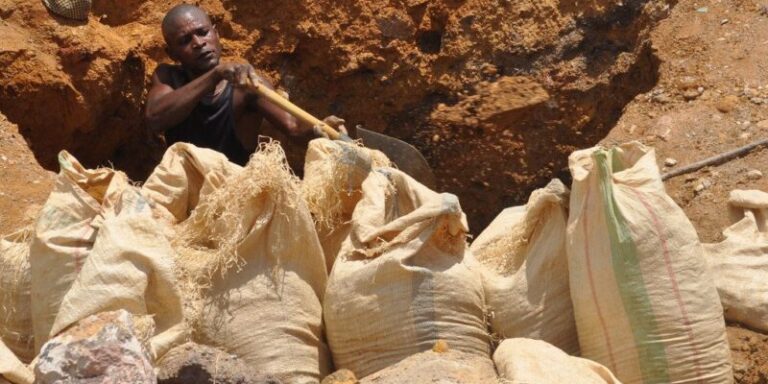
A study published in Science Advances reveals that a third of Africa’s gorillas, bonobos, and chimpanzees are at risk due to overlapping mining operations critical to the global clean energy transition.
Led by Jessica Junker from Martin-Luther-University Halle-Wittenberg in Germany, the study highlights the detrimental impact of mining on great apes, including habitat loss, increased hunting, pollution, and disease.
With the rising demand for minerals essential for electric vehicle batteries, mining activities in Africa pose a significant threat to biodiversity.
The continent, home to a third of the world’s mineral resources, faces risks to its fragile ecosystems.
Analyzing mines and exploration sites across 17 African nations, researchers found that approximately 20% of these areas overlap with critical habitat sites for great apes.
Particularly affected are West African countries like Liberia, Sierra Leone, Mali, and Guinea, where mining threatens over 23,000 chimpanzees.
Despite the requirement for environmental impact studies, biodiversity assessments are often overlooked by mining companies.
Only a small percentage of companies have conducted science-based assessments, leaving great apes vulnerable to habitat destruction and pollution.
Co-author Genevieve Campbell emphasizes the urgency for mining companies to implement robust mitigation and compensation measures to minimize their impact on ape populations.
However, inadequate baseline data hinder effective conservation efforts, emphasizing the need for greater transparency and accountability in the mining sector.
SOURCE:mining.com





